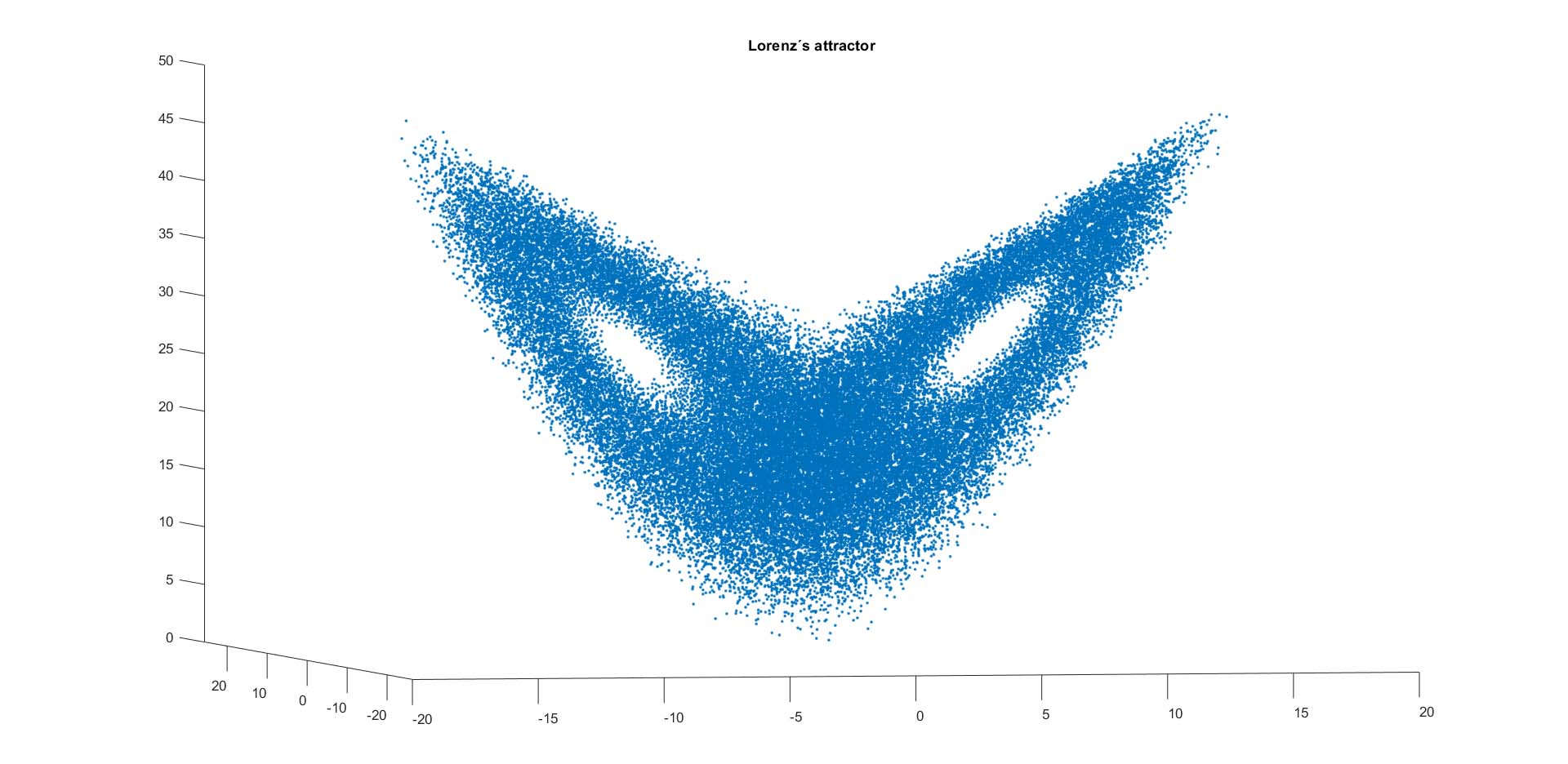Fractal analysis allows to characterize the multi-source electrical activity of the brain without previous de-mixing of its sources
Cajal Institute – News

The electrical activity that is recorded in the EEG or in the intracranial field potentials (FPs) is a mixture of the activities of many neuronal populations, which when propagated in the conductive volume of the brain mix and distort each other, causing the voltage fluctuations to differ depending on the proximity to one or other populations and their geometric features. Consequently, FPs are, for the most part, fluctuations of little use and without reliable interpretation. This century-old problem is known as the inverse problem in electroencephalography, and was solved for FPs by our laboratory in the last decade using blind source separation (BSS) techniques (Herreras et al., Neuroscience 310, 2015). The technique requires extra analysis effort and certain knowledge of the changing spatial structure of voltage gradients in the brain. In the present work published in the journal Chaos, our group in collaboration with researchers from the UCM (V Makarov) has investigated the possibilities of another technique to characterize multisource electrical signals without resorting to prior disentanglement.
In this article we explore the changing complexity of FP recordings by measuring what is called correlation dimensions (DC), a measurement that belongs to the realm of fractal analysis. In previous work by other groups, its application offered variable and unpredictable results, which kept this analysis under the radar of the research and clinical communities. We have managed to show that DC fluctuations along the FPs depend on the varying contribution of active neuron populations, whose separate time course was obtained using the BSS technique mentioned above. We think this is an important first step in characterizing the fluctuations of a multisource signal without prior disentanglement of the different contributions. In this article we have tested its usefulness in animal recordings and currently we continue studies to test its usefulness in human intracranial recordings.
Find more information at: https://doi.org/10.1063/5.0168400
